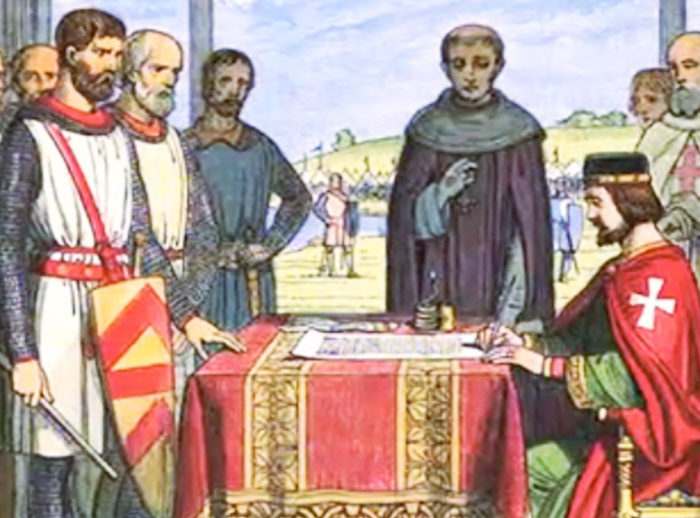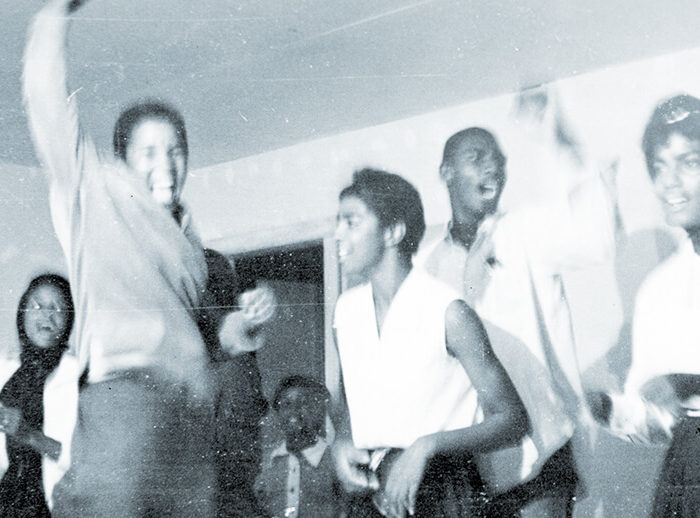The 14th Amendment and the Evolution of Title IX
Congress and the courts have applied the 14th Amendment’s equal protection clause to many aspects of public life over the past 150 years. In this U.S. Courts activity, students will explore the 14th Amendment through the lens of Title IX, which prohibits institutions that receive federal funding from excluding students from participating in educational and athletic programs on the basis of sex. The Supreme Court’s first Title IX case, Grove City College v. Bell, also demonstrates how each of the three branches exercises its authority.
For more resources on the 14th Amendment’s equal protection clause, go here.
Magna Carta: Justification for American Independence
Explore how the principles of Magna Carta inspired American colonists to declare their independence from England in this video from the ABOTA Foundation and PBS Learning Media. The unit includes a video, background essay and teaching guide.
For more resources on the American Revolution, go here.
Freedom Summer and the Civil Rights Act of 1964
Gilder Lehrman Institute of American History: You can help the Institute celebrate its 25th anniversary. Learn more.



